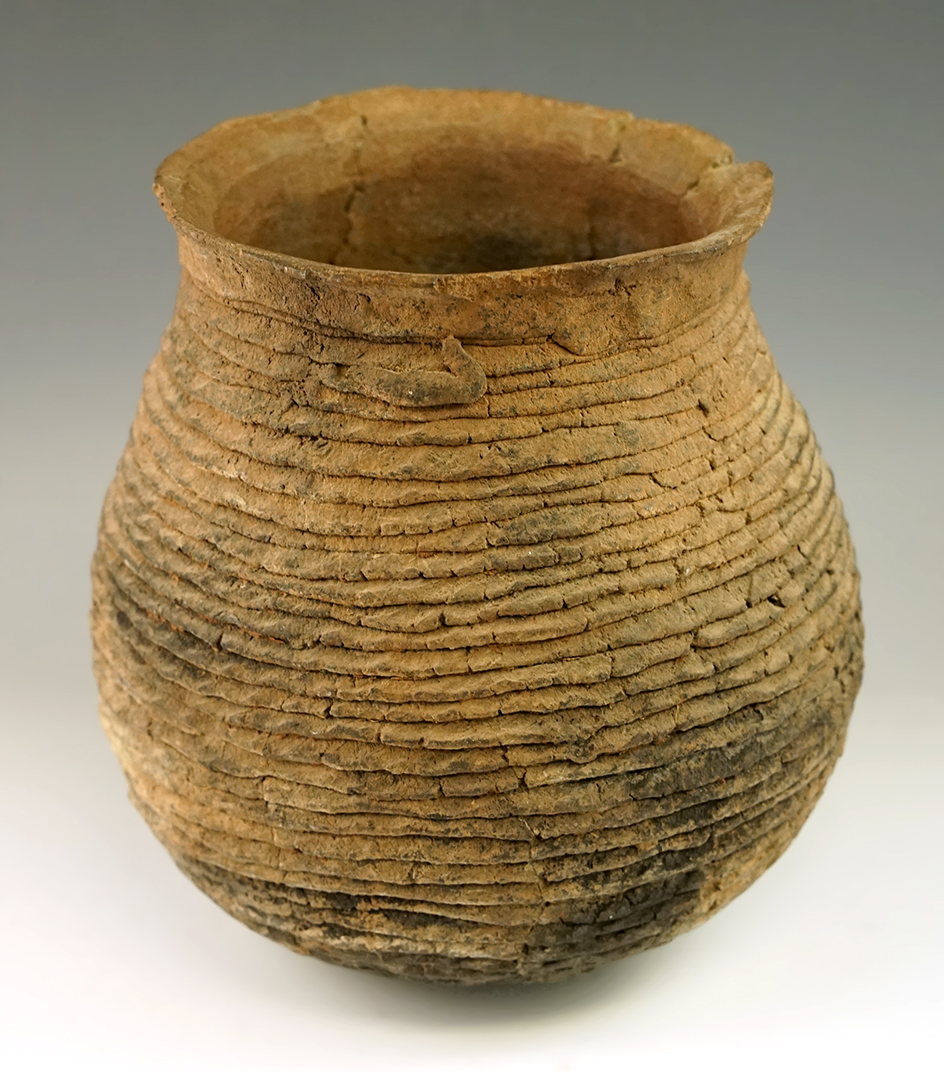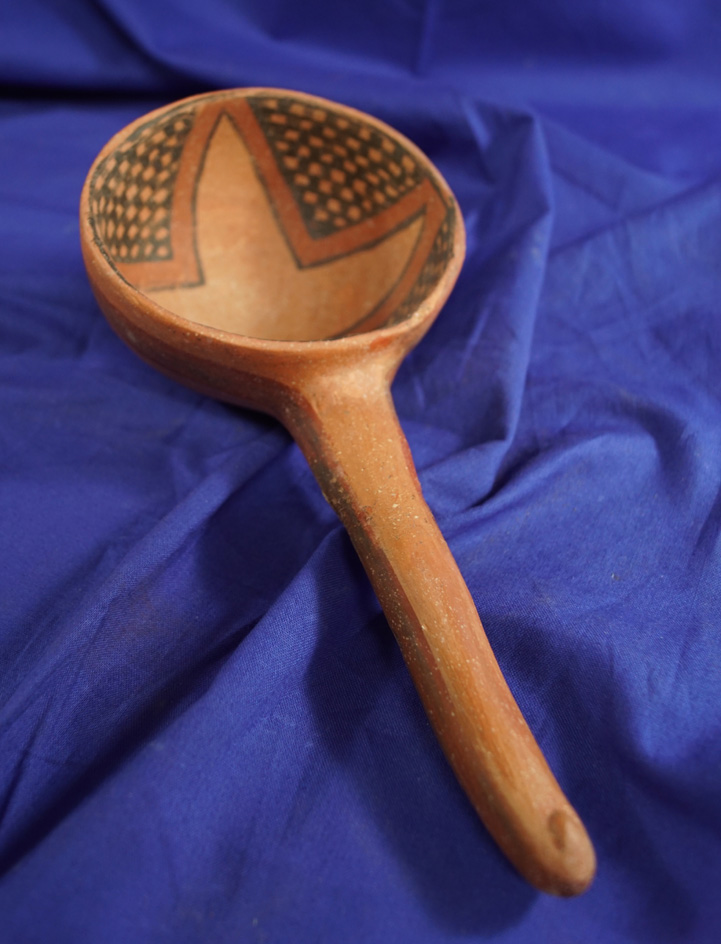Anasazi Culture
 The ancient Anasazi culture, Anasazi Pottery also known as the Ancestral Puebloans, flourished in the southwestern United States from approximately 200 to 1300 AD. This culture is renowned for its sophisticated architecture, complex social organization, advanced agricultural practices, rich artistic traditions, and intricate belief systems.
The ancient Anasazi culture, Anasazi Pottery also known as the Ancestral Puebloans, flourished in the southwestern United States from approximately 200 to 1300 AD. This culture is renowned for its sophisticated architecture, complex social organization, advanced agricultural practices, rich artistic traditions, and intricate belief systems.
The Anasazi built elaborate cliff dwellings and multi-story pueblos using stone, adobe, and wood. These structures often integrated into natural rock formations and were strategically located near water sources and agricultural fields. Mesa Verde and Chaco Canyon are famous examples of their architectural achievements.
Central to their architectural landscape were kivas, underground chambers used for ceremonial and religious purposes. These circular rooms had bench seating and a fire pit, serving as sacred spaces for community rituals and spiritual ceremonies. Anasazi communities were organized around central plazas or courtyards, with multi-story buildings housing extended families or clans. The layout of rooms and passageways within these structures reflected social hierarchies and familial relationships. Leadership roles were likely based on religious authority, wealth, or lineage. Elders and religious leaders played significant roles in decision-making and ceremonial life.
Despite the arid environment, the Anasazi practiced advanced agriculture. They utilized terraced farming on mesas and slopes, constructed irrigation systems, and practiced crop rotation to cultivate maize (corn), beans, squash, and other crops. Hunting deer, rabbits, and other game, as well as gathering wild plants and seeds, supplemented their diet during lean agricultural seasons.
Anasazi pottery is renowned for its craftsmanship and intricate designs. They used different styles and techniques based on region and time period, often incorporating geometric patterns, animal motifs, and symbolic imagery. They were skilled weavers, producing textiles from plant fibers and animal hair. Basketry was also highly developed and used for storage, cooking, and ceremonial purposes. Petroglyphs and pictographs found in rock shelters and cliff faces depict religious symbols, animals, celestial events, and daily life, providing insights into their beliefs and cultural practices.
Ceremonial life revolved around kivas, where rituals honoring ancestors, fertility, agriculture, and celestial events were conducted. These rituals involved chanting, dancing, and offerings to spiritual forces believed to influence their lives. Anasazi communities had an advanced understanding of astronomy, aligning architectural features with solar and lunar events to mark important dates in their ceremonial calendar.
Around 1300 AD, environmental changes, social pressures, and possibly conflict led many Anasazi communities to abandon their cliff dwellings and migrate to other regions, such as the Rio Grande Valley and Hopi mesas. This migration contributed to the cultural diversity of subsequent Native American groups in the Southwest. Major archaeological sites such as Mesa Verde, Chaco Canyon, Canyon de Chelly, and Bandelier National Monument continue to be studied, providing valuable insights into Anasazi culture, history, and societal evolution.
